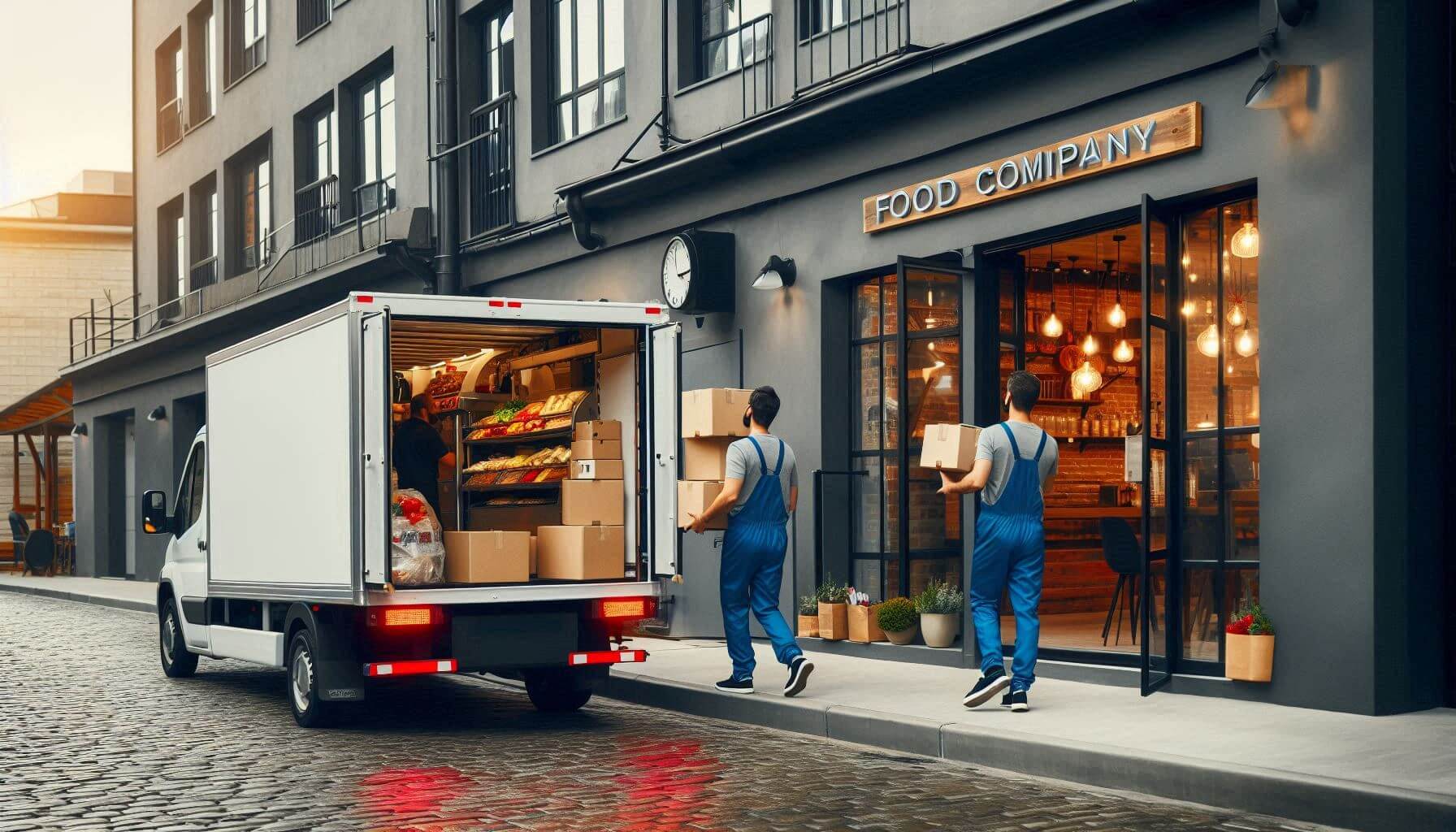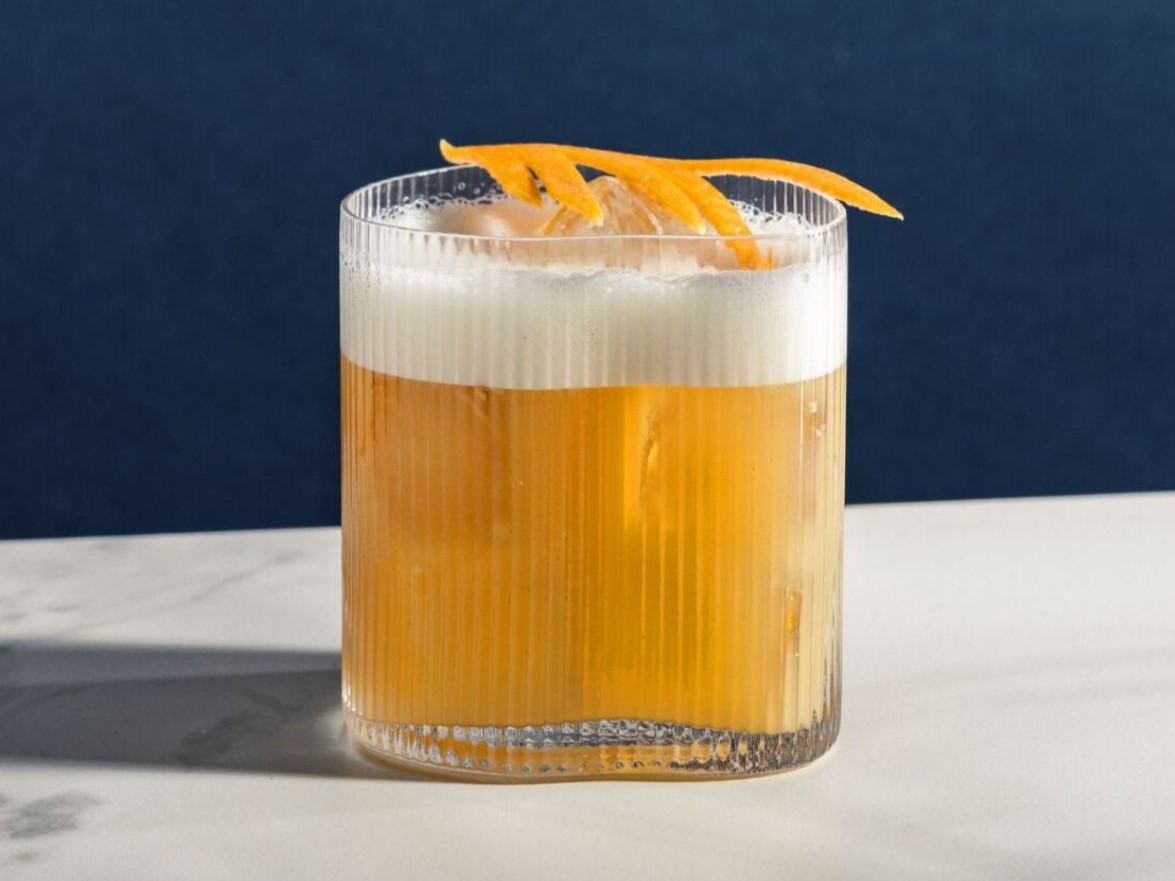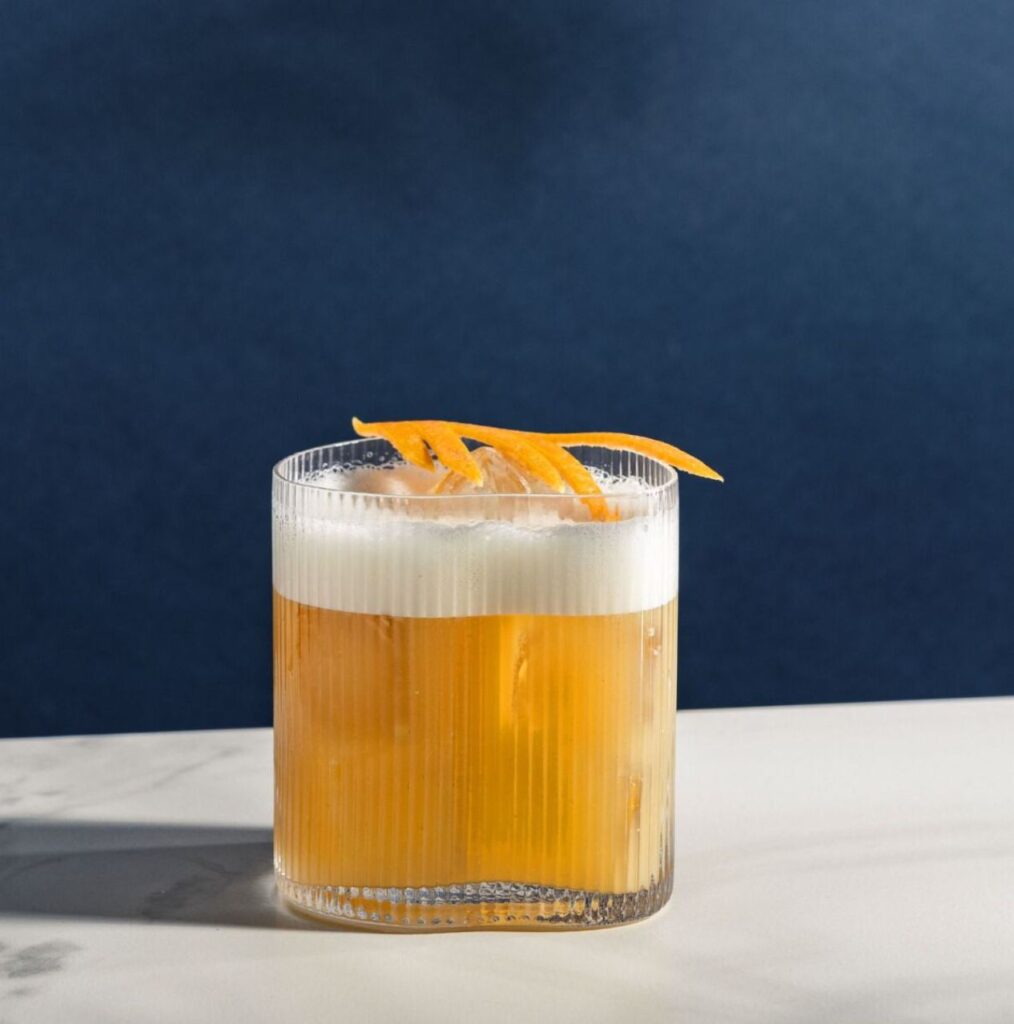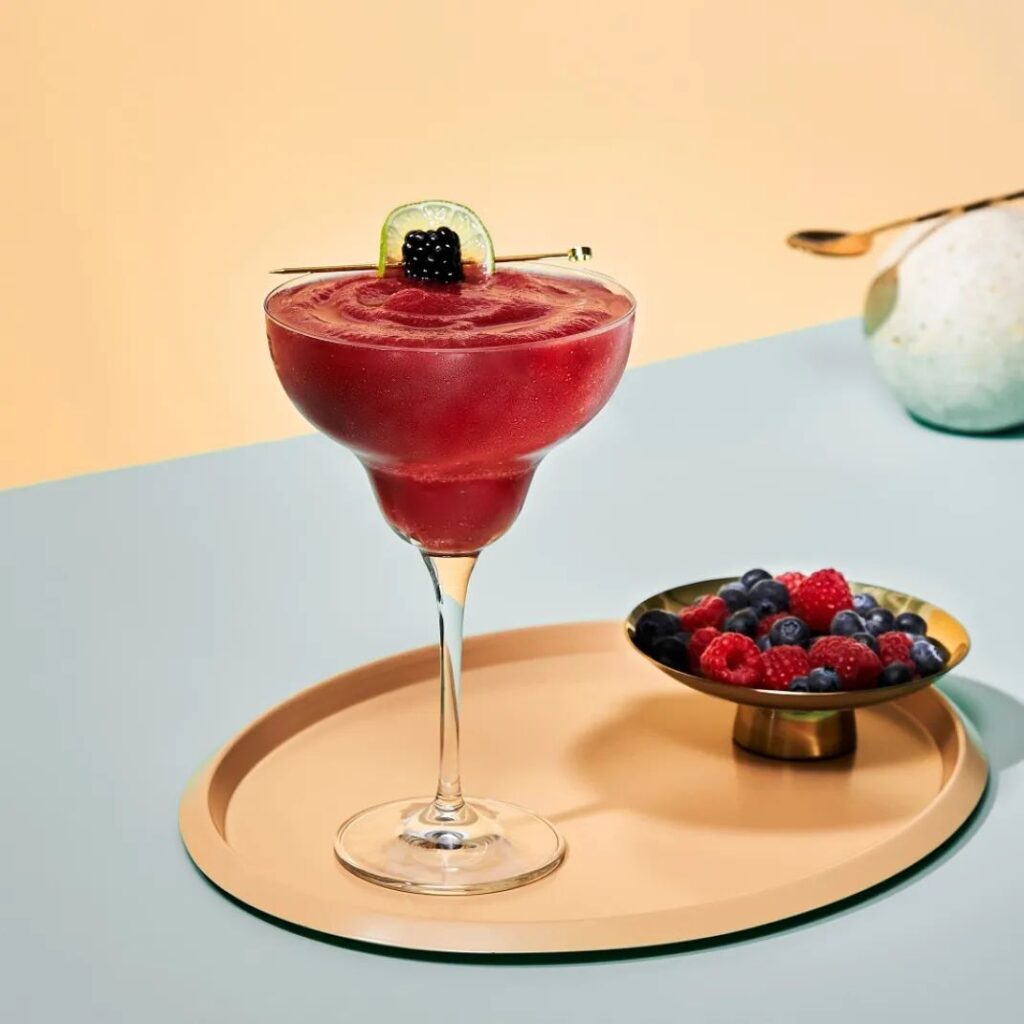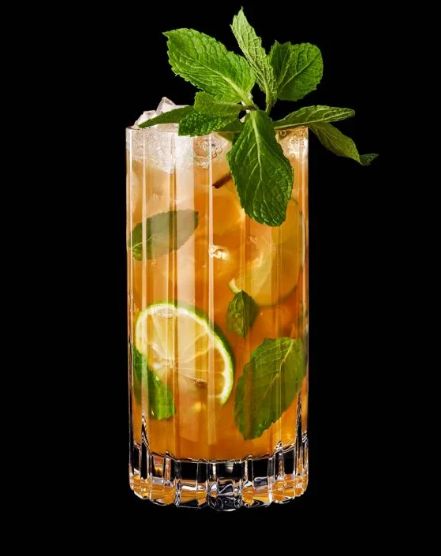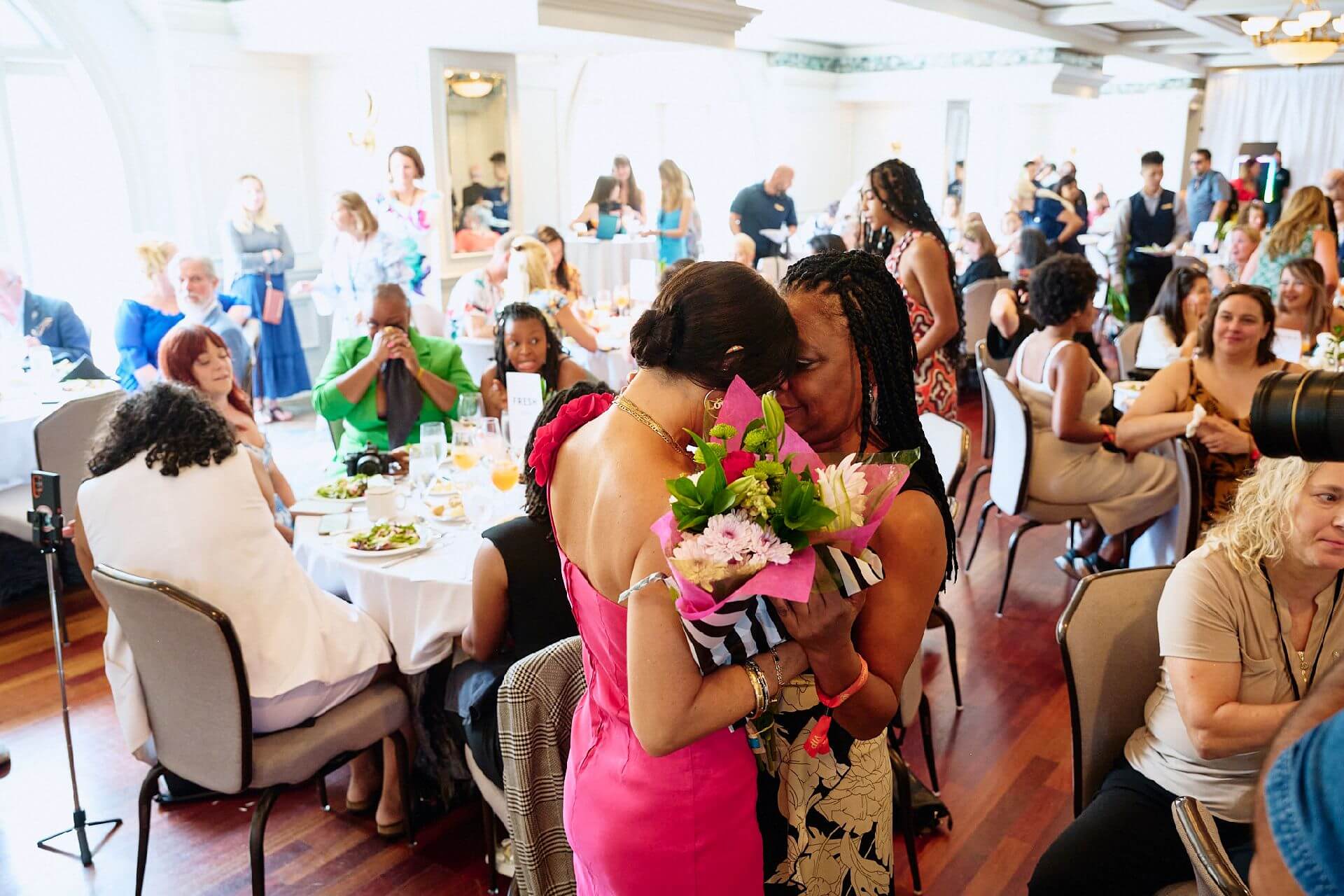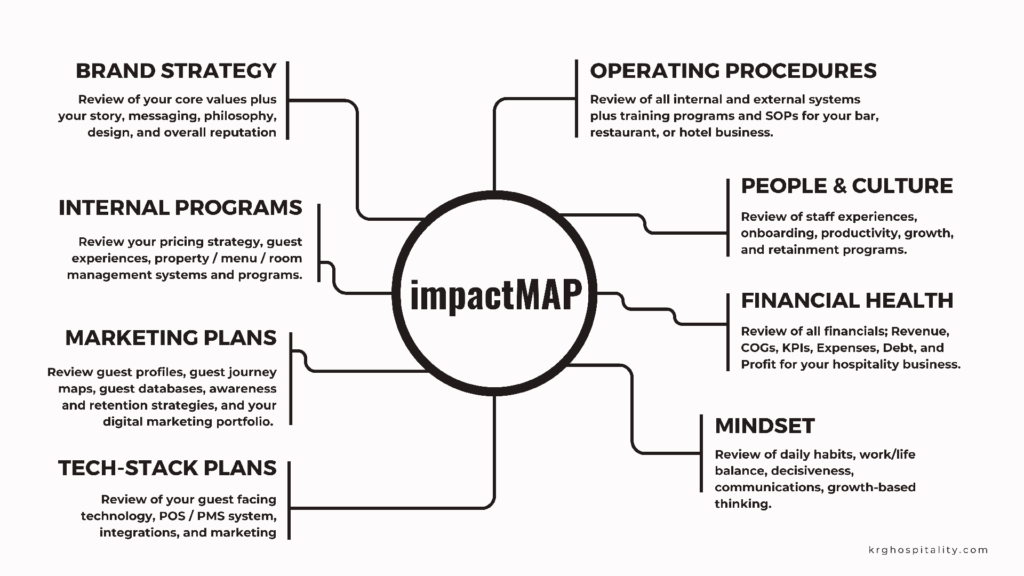Asia’s 50 Best Bars 2024 Reveals 51 to 100
by David Klemt

The bar team at Zest (No. 5, Asia’s 50 Best Bars 2023) in Seoul, South Korea, led by Dohyung “Demie” Kim.
As we near the ceremony for the ninth edition of Asia’s 50 Best Bars, taking place in Hong Kong on July 16, we can congratulate numbers 51 to 100.
Clearly one of the hottest bar markets in the world, Singapore dominates the 51 to 100 list this year. Unsurprisingly, the city-state also featured the most bars on the Asia’s 50 Best Bars 2023 51 to 100 list. Interestingly, Singapore boasted eight bars on the list last year, and the same in 2024.
In second place on the expanded list in terms of number of bars is Bangkok. The legendary nightlife city claims six spots on the 2024 51 to 100 ranking.
Seoul, South Korea, is not only home to three bars—including number 51—the city is also the home to Zest. This is noteworthy in part because Dohyung “Demie” Kim is the winner of the Altos Bartenders’ Bartender Award 2024, one of two awards announced ahead of the Asia’s 50 Best Bars 2024 ceremony.
Kim is the co-founder of Zest, which took home the fifth spot on the Asia’s 50 Best Bars 2023 list. With that ranking, the bar also claimed the title of the Best Bar in Korea. Further, Zest earned number 18 on the World’s 50 Best Bars 2023 list.
On another note, it appears that the we should keep an eye on Tainan City, Taiwan; Ho Chi Minh City, Vietnam; and Nara, Japan. Each of these cities holds two spots on the 2024 expanded list, a 100-percent increase over 2023. Last year, Lamp Bar, located in Nara, earned spot number 23 on Asia’s 50 Best Bars list. It’ll be interesting to see if these cities are represented on the one to 50 list for this year.
On that note, we’ll find out which bars are ranked one to 50 on July 16. Mark your calendars. Cheers!
Asia’s 50 Best Bars 2024: 100 to 51
- Moonrock (Tainan City, Taiwan)
- Drinking & Healing (Ho Chi Minh City, Vietnam)
- Dry Wave Cocktail Studio (Bangkok, Thailand)
- Tell Camellia (Hong Kong, China)
- Home (New Delhi, India)
- Charles H (Seoul, South Korea)
- Wu (Nothingness) (Taipei, Taiwan)
- Last Word (Singapore)
- Sober Company (Shanghai, China)
- The Bamboo Bar (Bangkok, Thailand)
- Asia Today (Bangkok, Thailand)
- Gong Gan (Seoul, South Korea)
- The St. Regis Bar (Jakarta) (Jakarta, Indonesia)
- High Five (Tokyo, Japan)
- Bulgari Ginza Bar (Tokyo, Japan)
- The Sailing Bar (Nara, Japan)
- Sidecar (New Delhi, India)
- Firefly (Bangkok, Thailand)
- Southbank Cafe + Lounge (Muntinlupa City, Philippines)
- The Hudson Rooms (Hanoi, Vietnam)
- Junglebird (Kuala Lumpur, Malaysia)
- The Han-jia (Tainan City, Taiwan)
- 28 HongKong Street (Singapore)
- Cat Bite Club (Singapore)
- Gold Bar (Tokyo, Japan)
- Bee’s Knees (Kyoto, Japan)
- Folklore (Tokyo, Japan)
- Opium (Bangkok, Thailand)
- Under Lab (Taipei, Taiwan)
- The Old Man (Hong Kong, China)
- Coley (Kuala Lumpur, Malaysia)
- Manhattan (Singapore)
- Lair (New Delhi, India)
- Honky Tonks Tavern (Hong Kong, China)
- Mizunara: The Library (Honh Kong, China)
- The Elephant Room (Singapore)
- Yakoboku (Kumamoto, Japan)
- Stay Gold Flamingo (Singapore)
- Tropic City (Bangkok, Thailand)
- To Infinity & Beyond (Taipei, Taiwan)
- No Sleep Club (Singapore)
- The Bombay Canteen (Mumbai, India)
- Stir (Ho Chi Minh City, Vietnam)
- Republic (Singapore)
- Three X Co (Kuala Lumpur, Malaysia)
- Lamp Bar (Nara, Japan)
- Epic (Shanghai, China)
- Tokyo Confidential (Tokyo, Japan)
- Backdoor Bodega (Penang, Malaysia)
- Soko (Seoul, South Korea)
ASIA’S 50 BEST BARS UNVEILS THE ESTABLISHMENTS VOTED ONTO THE EXTENDED 51-100 LIST FOR 2024
The fourth edition of this prestigious list announces 15 new entries across Asia, with bars from Singapore, Bangkok and Tokyo leading the region
9 July 2024 – Shining the spotlight on an extended collection of bars across the region, Asia’s 50 Best Bars, sponsored by Perrier, releases the prestigious 51st to 100th list for the fourth year running. The ranking is revealed one week ahead of its live awards ceremony in Hong Kong and is created from the overall Asia’s 50 Best Bars voting process, which sees its 265-member strong Academy – consisting of a gender-balanced group of bartenders, bar owners, drinks writers and cocktail aficionados – place independent and anonymous votes for what they believe constitutes a “best bar experience”.
The 51-100 list: A Snapshot
- This year’s 51-100 list includes 15 new entries from across the region
- The list comprises bars spanning 19 different cities across Asia
- Singapore leads with 8 bars on the extended list, among which Cat Bite Club at No.77 is a new entrant
- Bangkok is represented by 6 bars, while Tokyo follows with 5 places on the list
- A bar from Muntinlupa City debuts on the list with Southbank Cafe + Lounge at82
For the full 51-100 list, please refer to the accompanying graphic or scroll to the bottom of this release.
Bars from Singapore command eight places on the 51-100 list, with Republic leading the pack at No.57. This ultra-luxe drinking den at the Ritz-Carlton is inspired by the swinging sixties, with a cocktail menu focused on art, cinema, fashion and music. It is followed by No Sleep Club at No.60, which has moved up fourteen places from last year, Stay Gold Flamingo (No.63), The Elephant Room (No.65), and Manhattan (No.69). At No.77, specialising in rice and agave spirits, Cat Bite Club, is a new entrant, while 28 HongKong Street at No.78 and Last Word at No.93 round off Singapore’s showing.
Bangkok follows with six spots on the list, led by Tropic City at No.62 and Opium at No.73. New entrant Firefly, at No.83, is the Sindhorn Kempinski’s lavish lobby bar where whimsical cocktails and live jazz are complemented by a cigar parlour, followed by Asia Today at No.90 and The Bamboo Bar at No.91. Closing Bangkok’s showing at No.98 is another new entrant, Dry Wave Cocktail Studio, which runs a stellar beverage programme of classic and creative libations led by veteran bartender-owner Supawit ‘Palm’ Muttarattana, who formerly helmed Vesper (No.12 on Asia’s 50 Best Bars 2023 and No.55 on The World’s 50 Best Bars 2023).
Tokyo maintains a strong showing with five bars on the extended list, starting with new entrants Tokyo Confidential (No.53) and Folklore (No.74). The former is an edgy rooftop craft cocktail bar, while Folklore, a modern minimalist space, spotlights avant-garde sake and shochu cocktails. Gold Bar comes in at No.76, followed by another new entrant, Bulgari Ginza Bar at No.86, which promises an Italian aperitivo experience within Tokyo’s iconic Ginza Tower. High Five (No.87) rounds off Tokyo’s representation on the list.
In Hong Kong, Mizunara: The Library has moved up twenty places to No.66, alongside three other bars on the list: Honky Tonks Tavern, which climbs thirty-one places to No.67; The Old Man at No.71; and Tell Camellia at No.97. Topping the 51-100 list is Seoul’s Soko at No.51, followed by new entrant Gong Gan at No.89, a bar housed in a traditional Korean home reimagined with modern design elements and a focus on upcycling. At No.95, Charles H from Seoul rounds off the city’s representation.
Kuala Lumpur, New Delhi and Taipei boast three spots each on the list. From Kuala Lumpur, Three X Co ascends twenty-one places to No.56 and is followed by Coley (No.70) and Junglebird (No.80). While in New Delhi, the modern speakeasy Lair (No.68) is a new entrant, followed by regulars on the list Sidecar (No.84) and Home (No.96). To Infinity & Beyond leads Taipei’s representation at No.61, followed by two new entries, the laboratory-like cocktail den, Under Lab at No.72 and the offbeat, ‘classic cocktails only’ Wu (Nothingness) at No.94.
Ho Chi Minh City, Nara, Shanghai, and Tainan each occupy two spots on the extended list. From the Vietnamese capital, Stir rises twenty-four places to No.58, followed by Drinking & Healing at No.99, a new entrant boasting ‘industrial chic’ interiors and cocktails with local ingredients. Nara is represented by Lamp Bar (No.55) and The Sailing Bar (No.85), which has ascended three places. In Shanghai, Epic moves up sixteen places to No.54, followed by Sober Company, re-entering the rankings at No.92. The Han-jia from Tainan is a new entrant at No.79, offering a luxurious space with industrial design elements, a global whisky selection, and inventive cocktails; and Moonrock rounds off the list at No.100.
Several destinations are represented on the extended list with one bar each. From Penang, Backdoor Bodega re-enters the rankings at No.52, while The Bombay Canteen from Mumbai comes in at No.59. Kumamoto’s Yakoboku ascends twenty places to No.64; Kyoto’s Bee’s Knees is at No.75, and The Hudson Rooms – the 1920s-inspired oyster and cocktail den on the rooftop of The Capella in Hanoi – is a new addition at No.81. In Indonesia, a new entrant from Jakarta, The St. Regis Bar (No.88) enters the list for its New York-inspired signature cocktails paired with a live jazz band and ultra-luxe interiors.
Marking its debut on the rankings is Muntinlupa City in the Philippines, with Southbank Cafe + Lounge (No.82) – a self-proclaimed ‘drinking room’ that focuses on technique-heavy cocktails within a Melbourne-inspired space.
Emma Sleight, Head of Content for Asia’s 50 Best Bars, says: “We are thrilled to welcome this diverse cohort of bars on the 51-100 list as part of this year’s 50 Best rankings. Since introducing the extended list in 2021, we have been consistently impressed by the innovative drinking experiences Asia has to offer, and it is beyond exciting to see the large number of new entries and new destinations that have made the list this year. With this recognition, we are hopeful that more bar talent will step forward annually, creating fresh and dynamic cocktail experiences for enthusiasts across the region.”
50 Best works with professional services consultancy Deloitte as its official independent adjudication partner to help protect the integrity and authenticity of the voting process and the resulting list of Asia’s 50 Best Bars 2024. See more details on the Asia’s 50 Best Bars voting process here.
The ninth edition of Asia’s 50 Best Bars, sponsored by Perrier, will be announced at a live awards ceremony in Hong Kong on 16 July 2024 and is hosted in collaboration with destination partner Hong Kong Tourism Board. The awards ceremony will also be streamed live on the 50 Best Facebook channel via the link here and the YouTube channel via the link here. The announcement of the list and individual awards can be followed via the 50 Best social media channels, with the livestream beginning at 20:25 Hong Kong time/13:25 UK time.
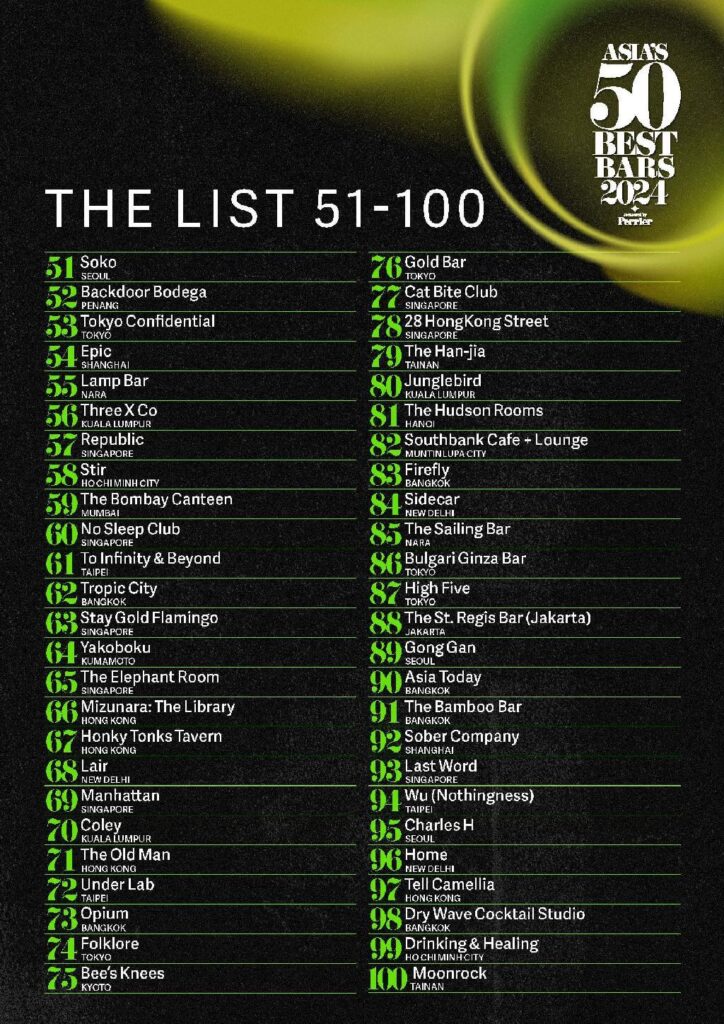
About Asia’s 50 Best Bars
Asia’s 50 Best Bars is the first regional event of The World’s 50 Best Bars brand, created in 2016 with the purpose of showcasing the best and most innovative talent in the drinks industry in this region. The annual ranking is based on the votes of the Asia’s 50 Best Bars Academy, comprising the most knowledgeable and well-travelled members of the bar industry, drinks media and mixology experts from across Asia. The Academy spans dozens of cities across the continent, reflecting the relative development and importance of bar scenes in different locations and the diversity of the drinking scene in Asia. Asia’s 50 Best Bars, The World’s 50 Best Bars and North America’s 50 Best Bars are owned and organised by William Reed, the group behind The World’s 50 Best Restaurants and The World’s 50 Best Hotels.
About the host destination partner: Hong Kong Tourism Board
The Hong Kong Tourism Board (HKTB) is a Government-subvented body. Operating 15 offices around the world and representative offices in seven different markets, its primary mission is to maximise the social and economic contribution that tourism makes to the community of Hong Kong, and consolidate the city’s position as a world- class destination. The HKTB works closely with the Government, travel industry and other partners to promote Hong Kong worldwide, widen the range of tourism products and elevate service standards, as well as enhance the experiences of visitors during their stay.
For more details on Asia’s 50 Best Bars and selection process, please visit: https://www.worlds50bestbars.com/asia/


